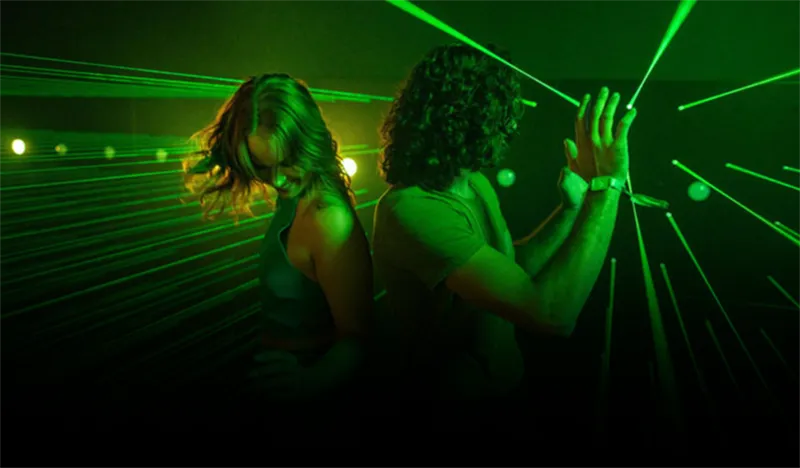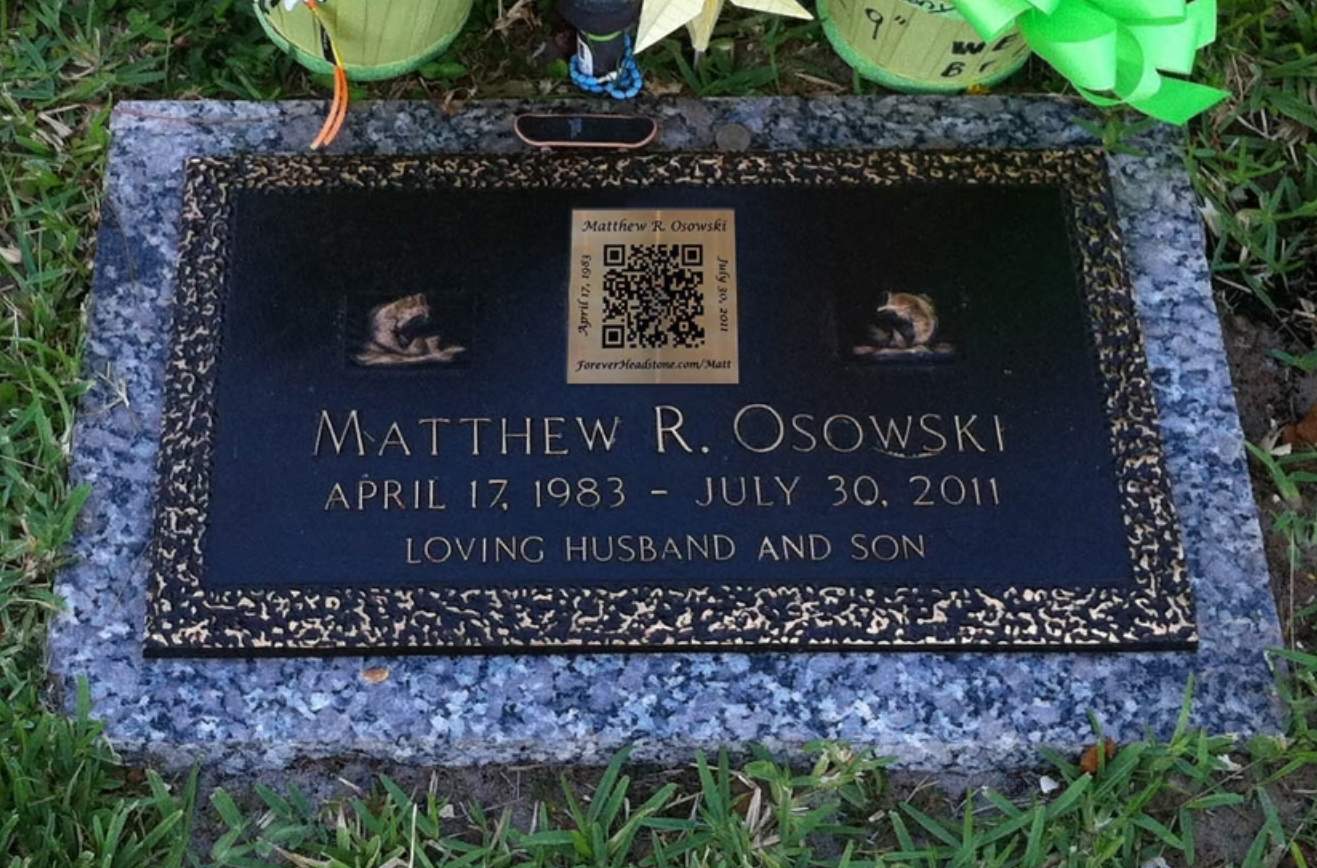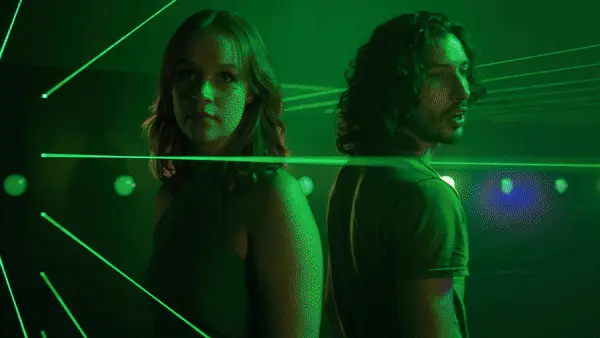5
minute read
The next time you fly over the US, keep your eyes peeled for the huge barcodes spread across the states, most measuring about 78' wide and 53' long - about the size of a twin mattress.

They were designed by the US Air Force and Nasa and built on slabs of concrete or asphalt. Many of the life-sized barcodes can be found in the Mojave Desert in America’s southwest where the US tested U-2 and SR-71 Blackbird spy planes.
If you Google an Edwards Air Force Base map, you may see 15 targets running along a path of 20 miles that allows aircraft to calibrate their aerial cameras. Many of the barcodes are now defunct as they were designed for aircraft using film but they are still visible as spooky reminders of the Cold War era.
The mysterious barcode
The barcode has long been steeped in mystery and it has been the focus of conspiracy theorists since its origin in the late 1940s. It was invented by Norman Joseph Woodland who based his barcode on the Morse code used to send WWII battlefield messages by utilizing dots and dashes. It is read by a scanner, which sends out a laser that detects the pattern.
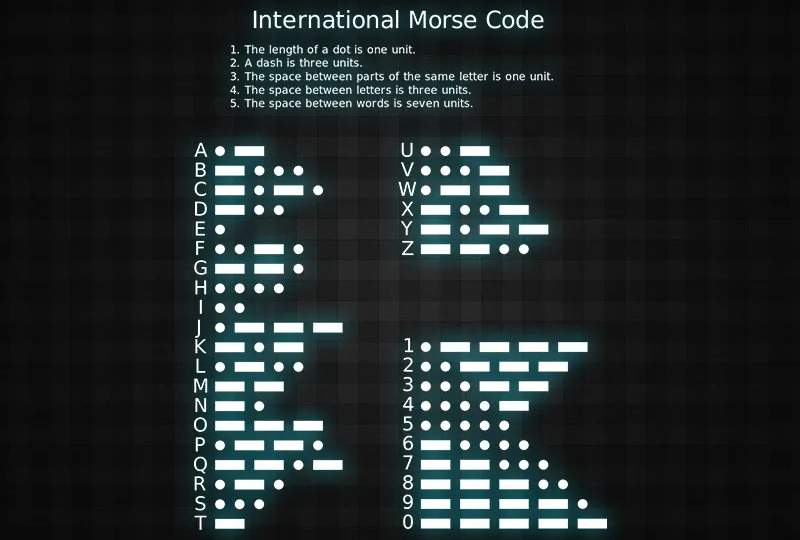
The devilish barcode
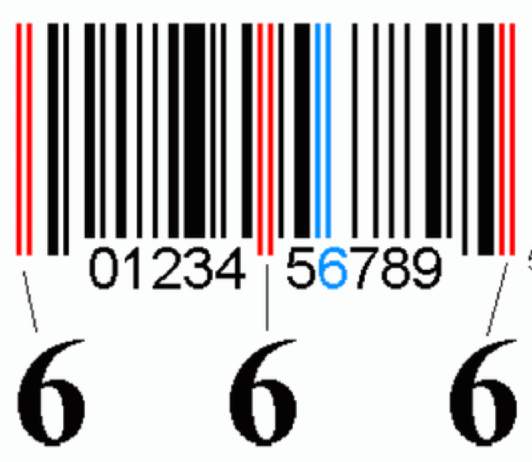
IBM engineer George Laurer made the barcode more practical for commercial use by developing the Universal Product Code (UPC) in the 1970s, the unique 12-digit number assigned to each individual product to track items in stores. There was an outcry and protests at grocers when the UPC was introduced although, as Wired noted: “The codes appeared on Coke cans and jars of applesauce, not right hands and foreheads”.
An urban legend quickly arose, warning that the Satanic number 666 was hidden in each barcode although there’s no truth to the myth, according to fact-check website Snopes. The number six is, however, represented by a pattern similar to that of the ‘guard bars’ used to mark the beginning, middle, and end of every barcode.
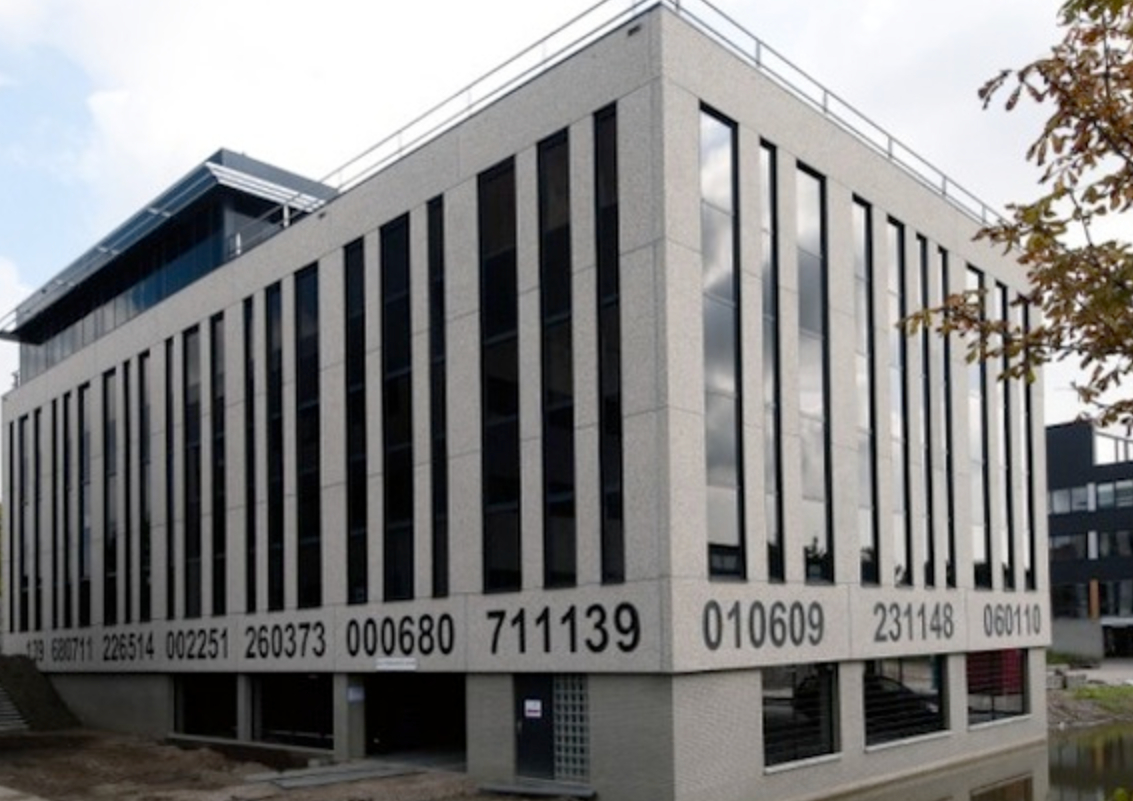
The first UPC smacked of Wrigleys
Wrigley’s Juicy Fruit chewing gum was the first product ever sold with the UPC code developed by IBM in 1974 and it is no coincidence that Wrigley helped develop and print the scannable barcodes. There are now barcodes on everything from artworks to pets, medical devices, and even hospital beds to track patients.
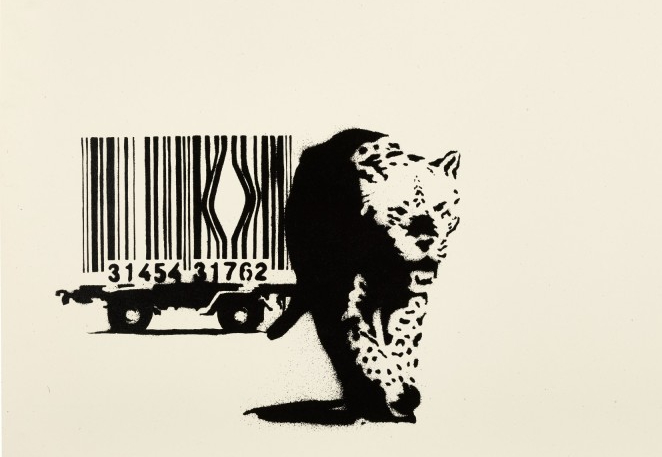
QR codes and privacy
How can you protect your privacy? The ACLU recommends treating QR codes like a link in an unknown email.
- Be wary and pay attention to the context in which it appears.
- If you aren’t certain a QR code can be trusted, find the information another way, such as by navigating to the business or organization’s website.
- Use software to inspect the QR code or the action it will take before it is passed to your browser or any other app.
- Keep an eye out for any QR code that has been pasted on top of another one. In restaurants, continue to use a physical menu.

